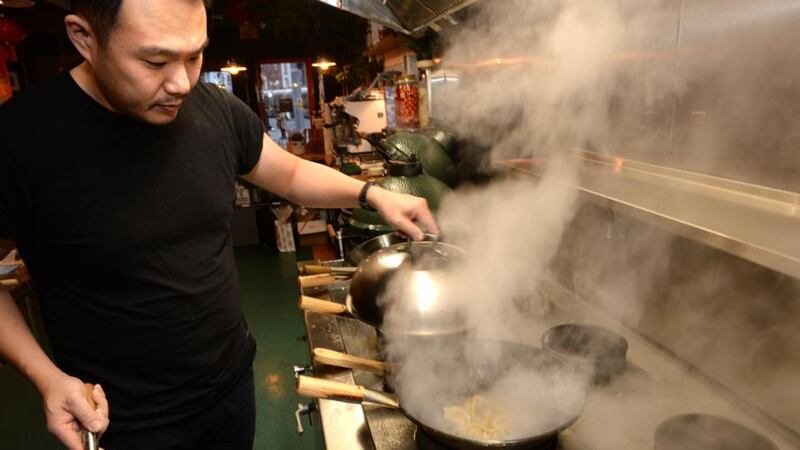Every chef has a nifty kitchen hack, be it a special seasoning or a piece of kit that makes a job so much easier. Here is the inside track from some of Ireland’s top chefs.
Nico Reynolds, chef and owner, Lil Portie
Always check the back of a can of coconut milk, most will be a type of coconut extract with different percentages of purity, but typically, Asian markets stock the most pure coconut milk. One other tip, a bit out there but trust me on this: many Colombian recipes call for the addition of a whole, clean, pig's trotter into the base of a stock or broth. Leave it to simmer for a few hours and the flavour will be amazing.

Gráinne O'Keefe, chef and owner, Mae Restaurant
An ingredient that I love using is bonito vinegar. It can be used in marinades, as a salad dressing, in sauces or just straight up on oysters. It's versatile and full of umami. My favourite equipment includes a chimney starter for lighting barbecue charcoal, a temperature probe is essential for consistent cooking temperatures, and a Microplane is the best grater around.
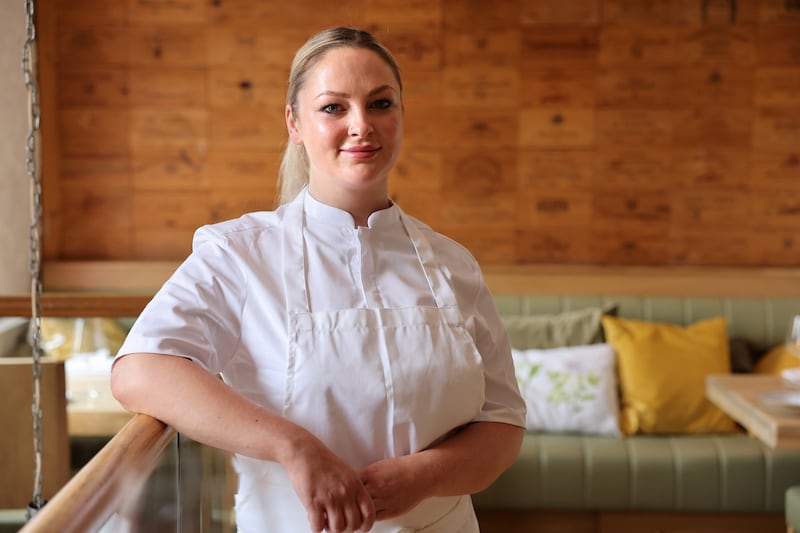
Daniel Hannigan, chef and owner, The Naughty Neighbour food truck
For home cooking, if I want to make a purée, I always use a Nutribullet. It's the closest thing in terms of power to a Thermomix to get a super smooth purée and you also don't need to use as many vegetables to make it. And for a gluten-free cheese sauce, I use a white vegetable-based purée like cauliflower or celeriac and add in some nice cheese when blending which works perfectly for any dish needing a cheese sauce.
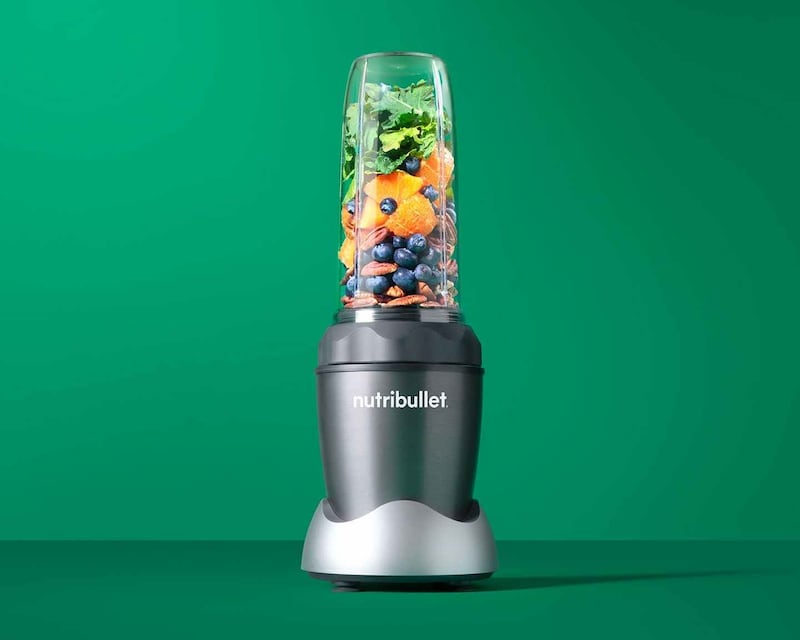
Ahmet Dede, head chef, Dede Restaurant
I like a simple marinade for chicken and lamb made with Turkish olive oil, grated lemon zest, lots of garlic and cumin. Rub it in and leave it for 24 hours. I add flavour after it is cooked, sliced and portioned. Brush the cooked meat or vegetables with aromatic butter made with chillies, limes, lemons, tabasco, roasted garlic. The most important tip is, after marinating meat, let it come to room temperature before you cook it. Take it out of the fridge at least an hour before you want to cook it.
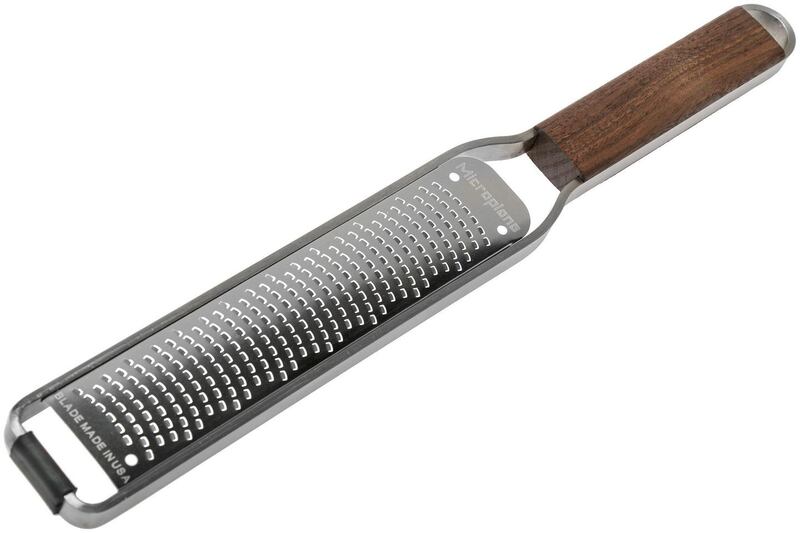
Giselle Makinde, chef and owner, Cream of the Crop Gelato
An absolute game changer is to keep your leftover vegetable and herb stalks and offcuts from items like broccoli, cauliflower, carrots, onions, celery and parsley etc in the fridge or freezer. When ready, boil them in water, add some bay leaves, pepper, salt and any other spices that you like. Strain the liquid into a saucepan and you'll have a fabulous aromatic vegetable stock to cook your rice in.
Jack Lenards, sous chef, Liath
One of my favourite hacks that I learned while in lockdown was how to make a really good pizza from scratch without using a pizza oven. After making my sourdough pizza base I get my largest frying pan and let the pan get smoking hot, I then turn it upside down, place it on my wooden chopping board, put the rolled out dough on to the bottom of the pan and quickly build my pizza. Then it goes into a pre-heated oven at 220 degrees. This ensures a wonderful crispy pizza base.
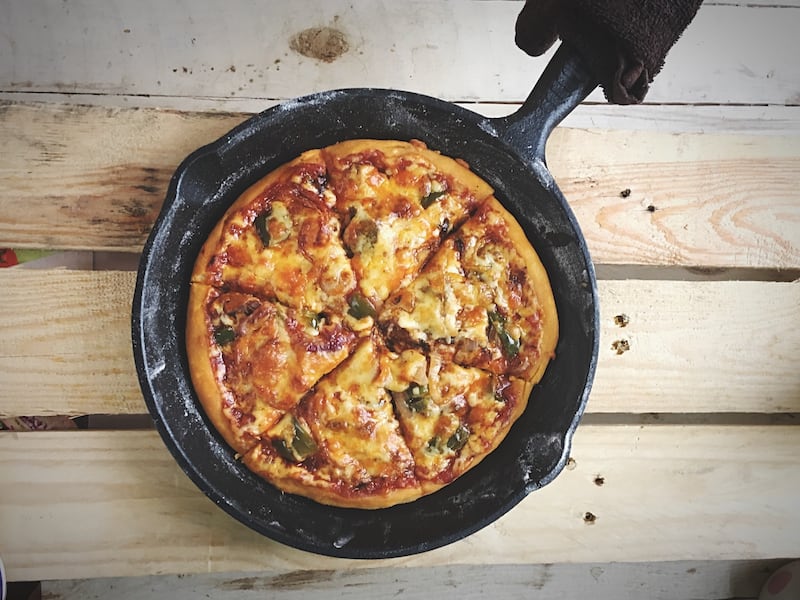
Clair Dowling, chef and owner, Tiller + Grain
Lemons are as important as salt and good olive oil. A squeeze of a lemon in any dish – whether it be a salad or a curry or even a slow-cooked ragu – brings an element of acidity, but also of lightness and roundness, that every dish always needs. We squeeze roughly 20 lemons a day in the shop for all our foods and I believe it is what gives us the edge.
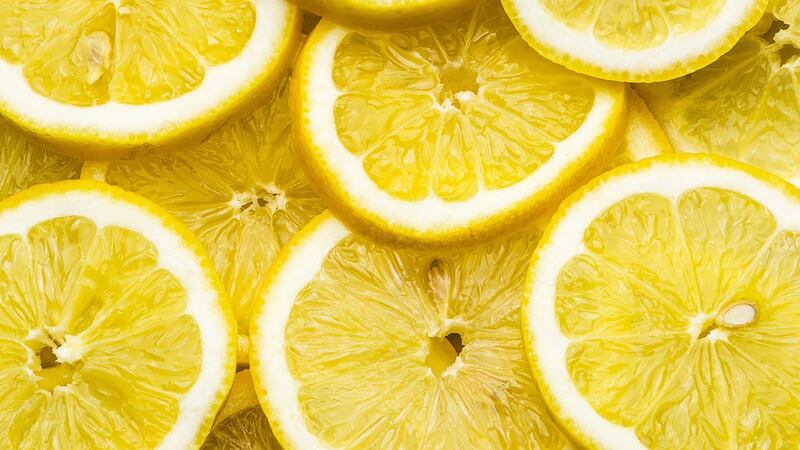
Kwanghi Chan, chef and owner, Bites by Kwanghi food truck
The best way to boil rice is a technique I was shown when I was very young. If I'm cooking at home, I still use this method. Wash the rice in water three times until the water runs clear. Then measure one part rice and two parts water into a saucepan. Make sure the rice is level before putting it on the heat to boil with the lid on, and when boiling, turn down the flame to simmer until all the water has been absorbed and the rice has just cooked. Turn off the flame, and leave the lid on for five minutes. Then the rice is ready to fluff up with a fork.
